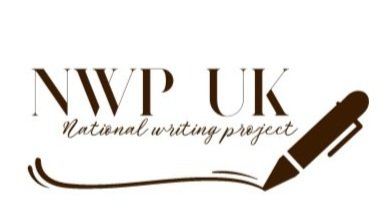The National Writing Project is now a decade old in the UK: a worthy achievement and a significant milestone deserving of celebration.
At its heart that is ten years of encouraging and supporting teachers to become experts in the teaching of writing through a network of teachers’ writing groups. London’s ‘Whodunit group’ is one of the oldest and well-established of these, so it is fitting that it is their meeting this month which is being taken over to mark this special anniversary on Saturday 25th January.
We will meet at the Wellcome Collection, a museum on the Euston Road in London, in the cafe at 10am. NWP co-founder, Jeni Smith promises ‘writing fun and games’ between 10am and 1pm. The current exhibition at the Wellcome is called ‘Play Well’ and considers the transformational impact of play in our lives, so prompts will, of course, be appropriately playful!
All are welcome to join us. If you are an NWP member past or present, or considering becoming one in the future - and you are in London that weekend - come out and play! It will be the perfect opportunity to meet up with others from the NWP community, to write, to share, and to celebrate how far the project has come.
Started back in 2009 by Jenifer Smith, University of East Anglia, and by Simon Wrigley, English adviser for Buckinghamshire, 2004-2013, and chair of NATE, 2004-6, the UK’s project built on the long-running, successful US National Writing Project. Since then it has evolved through exciting partnerships, research and collaboration, carefully cultivated by the huge commitment, creative ideas and winning inspiration of Jeni and Simon.
Here’s to the next decade!




